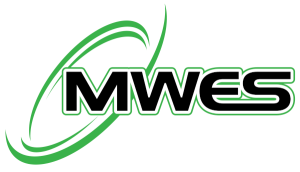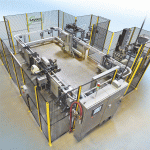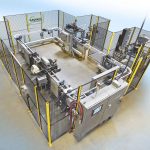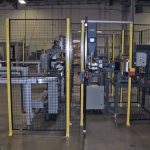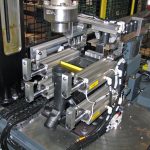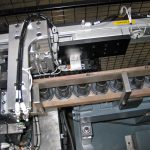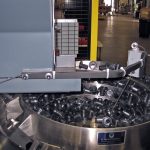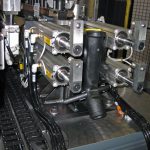Water Outlet Assembly & Inspection
- Home
- Recent Projects
- Water Outlet Assembly & Inspection
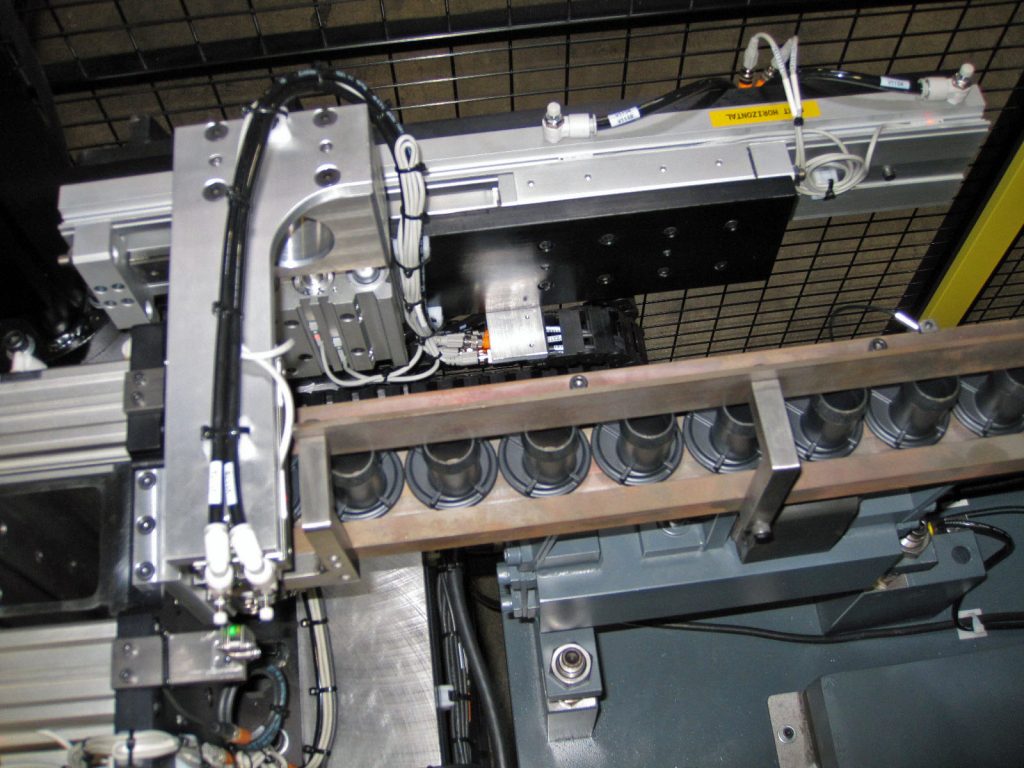
Project summary
MWES designed, developed and integrated a completely automated system that moved un-assembled injection-molded plastic automotive water outlets through three assembly operations.
The Challenge
Assembling, testing and inspecting a large volume of parts quickly and accurately is a daunting task. A firm that specializes in injection-molded parts for automotive applications approached MWES seeking a fully automated solution. This firm looked to automate the assembly, leak testing, inspection and packing of a large volume of plastic automotive water outlets.
The Solution
MWES provided this firm a turn-key automation system that met all the challenges this firm was looking to address. This system had stations for loading and unloading, spin welding, limiter installation, leak testing, defect inspection and final packing. The system included a number of safety features such as light curtains and vision systems.
Within the removal and pack cell, a robot removes the mold housing from the mold and then it would pack the completed parts in a box that would be brought in via a conveyor. The box is made up of one of two packing and layering configurations with an additional layer pad between each layer.
Inside the assembly and inspection cell, a robot removes the mold housing from the box. Once the box is empty the conveyor removes the empty box and replaces it with one that is full. The robot then loads in a spin welder head into the tooling. Once complete the spin welded housing is shuttled to the limiter installation area and four compression limiters are loaded into the fixture. The machine then blocks all air passages in order to perform the leak test. If the part fails the test the robot removes it and places it in the discard chute. If the part passes the test a laser marker engraves the date code directly onto the part and it is moved to the packing station where it is placed inside a corrugated box.
The key components that this system utilizes:
- Robotic Dunnage Unload – The material handling robot uses a 2D machine vision system to roughly locate the part in the dunnage and pick the part from the dunnage. The robot places the part in a re-grip stand where the robot then precisely re-grips the next part for the next operation.
- Spin Welding Station – Robotic automation moves the part to the spin welder to weld the port onto the assembly.
- Pallet Load Station – The Material Handling Robot then loads spun welded parts onto a pallet conveyor system. The pallet containing the part is lowered and released into the automated assembly and inspection system.
- Compression Limiter Install Station – The Pallet is raised and locked into position. Limiters are blow-fed to a gantry robot gripper. The limiter is then pressed into position. During this manufacturing process, a total of 4 limiters are installed. The pallet is then unlocked from the assembly station, lowered onto the conveyor, and released.
- Leak Test and Marking Station – First, the pallet is raised and locked into position. All necessary ports are automatically plugged and the part is subjected to pressure testing for leaks. The laser will mark parts with a date code for good assemblies. The pallet is unlocked, lowered onto the conveyor, and released.
- Vision Camera System – The pallet is raised and locked into position. The 2D vision system inspects the part for correct assembly. The machine vision inspection system also checks for gross material defects, as well. The pallet is unlocked, lowered onto the conveyor, and released.
- Unload Station – The Pallet is raised and locked into position. The robot will unload the assembled part from the pallet conveyor system and place good parts into the outgoing dunnage. Parts that fail the leak test or vision inspection are loaded into a reject chute for disposition by an operator.
Impact to the Customer
The automation system that MWES provides our customer processes over 400,000 parts annually and has a part cycle time of less than 35 seconds and a scrap amount of less than 1.5% of the production. Robotic automation offers the ability to achieve a virtual “lights out” manufacturing operation.
Midwest Engineered Systems has extensive experience in building part assembly and inspection automation. If you’re looking to improve your plastic parts assembly automation throughput, we have the knowledge and experience to make the project a success.
Contact us to learn how Midwest Engineered Systems can automate even your most complex and challenging operations today!
Innovation Through Automation
Client Details
A company that specializes in injection molding and prototyping.
